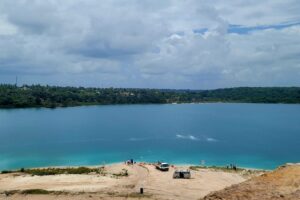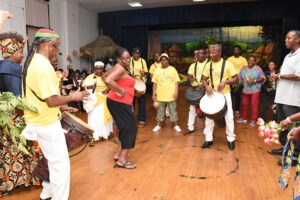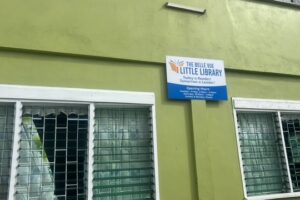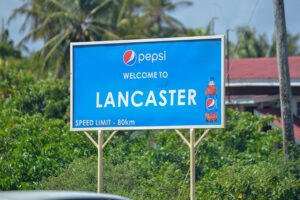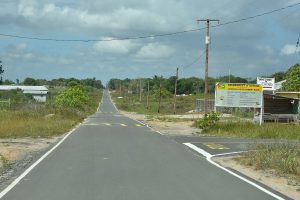 Potaro-Siparuni region eight (8) has many communities and one such is the town of Mahdia. Mahdia is located near the center of the country at an altitude of 415 metres (1,362 ft). The town is mostly known for its gold and diamond operations which is the main economic activity. It is therefore affected by economic booms and busts. The town of Mahdia attracts both local and foreign immigrants who benefits from obtaining wealth through mining. Mahdia was officially declared a town by Order No.27 of 2018 published in Official Gazette dated August 9th 2018.
Potaro-Siparuni region eight (8) has many communities and one such is the town of Mahdia. Mahdia is located near the center of the country at an altitude of 415 metres (1,362 ft). The town is mostly known for its gold and diamond operations which is the main economic activity. It is therefore affected by economic booms and busts. The town of Mahdia attracts both local and foreign immigrants who benefits from obtaining wealth through mining. Mahdia was officially declared a town by Order No.27 of 2018 published in Official Gazette dated August 9th 2018.
History of Mahdia
Mahdia was established in 1884, by the Africans after their emancipation. After the Africans were emancipated a group of them begin their journey in search of gold. They travelled the county of Berbice and the East Coast of Demerara in hopes of finding such. The town was then expanded by the British Consolidated Mining Company into a mining exploration and Colonial Administrative Offices were established. At this stage, the only way to access the town was by water. Giving the need to link Mahdia to Bartica via trail, a bridge was constructed over the Garraway Stream in November 1933. It was named Denham Suspension bridge after the then Colonial Governor Sir Edward Denham. The bridge is suspended by cables, thus bearing the word suspension in its name. To date the bridge is still in use and has become a tourist site.
About Mahdia
Mahdia, which is the Regional Administrative Centre of Region 8 consists of a population of about four thousand two hundred (4,200) residents. It is managed by the Regional Administrative office. Mahdia has a mixed population which includes Amerindians. The main Amerindian tribes of this community includes the Patamonas, an Indigenous Amerindian tribe. However, another group of people exists in the town and they are called islanders. Islanders represents immigrants and their descendants from the Caribbean Islands. This hinterland community is managed by a regional town council and its main language is English. The nearby villages one can find near this community are Kangaruma and Orinduik.
Infrastructure
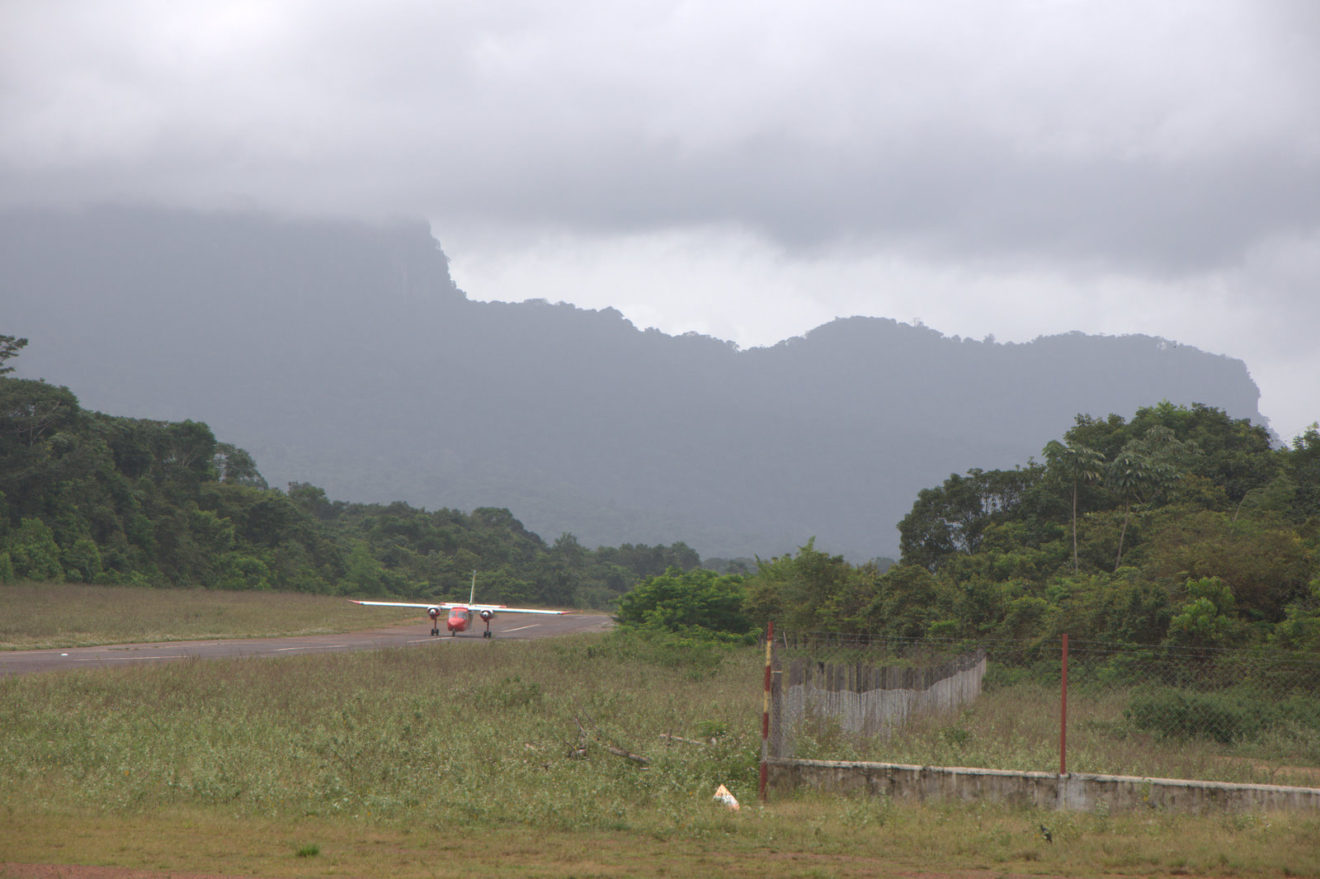
The airstrip in Mahdia
The town’s commercial sector includes dry goods, boutiques, a fuel station and 11 restaurants. Existing in this community also, are nursery, primary and secondary school and a cottage hospital, a post office and a police station for security. The main source of water is from two artisan wells but residents would still depend on rainfall and water from the Salbora falls. Mahdia’s main source of electricity is provided by local businessmen. The town also has an airstrip.
Economic Activities
The Capital of Region eight (8) main economic activity is mining in which residents from the Coastlands of Guyana migrate to with the aim of seeking employment. Other activities of this town are farming, burning charcoal and hunting.
Accommodations In Mahdia
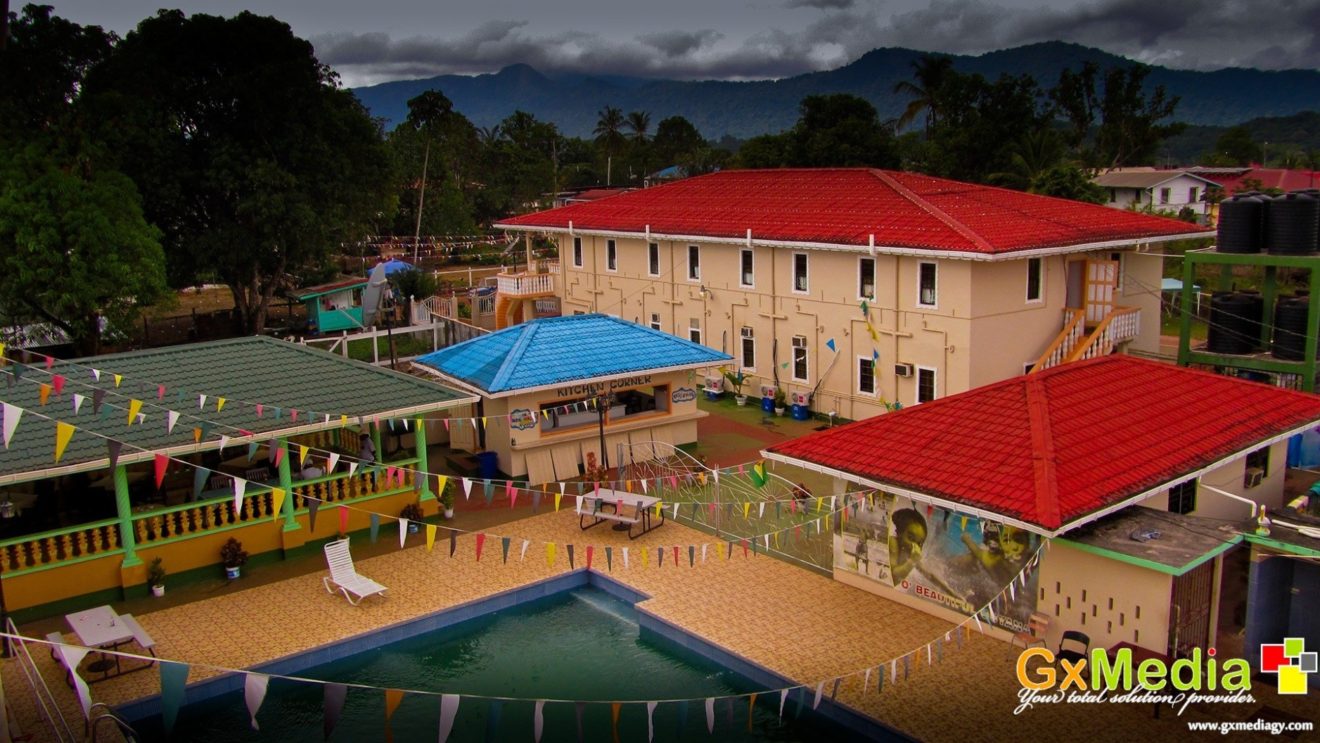
The mining town of Mahdia consist of four hotels and two guest houses in which visitors can stay whilst in the town.
Annual Activities
Heritage month is celebrated annually on September 10 in the community of Campbeltown Mahdia. Another major attraction is the La Rose Festival originated in St. Lucia and celebrated by Islanders at the end of August.
How To Get To Mahdia

Part of the rehabilitated road at Bartica/Potaro trail.
Visitors can reach the town by aircraft as an airstrip is located in the community. Access by bush trail is also possible and it is the most common way to travel to the Town. Two routes are possible, one from Bartica and the the other from Linden. The driving conditions of the bush trails are affected by the weather and can become arduous and deadly during the rainy seasons in Guyana. For many adventure lovers, the bush trail offers the best experience and is a cheaper form of travel to Mahdia.
The Environmental Impact of Mining in Mahdia
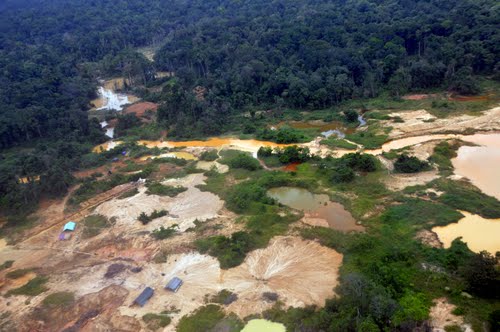
Gold mining near Mahdia
In the mining district of Mahdia, there are over one hundred and fifty (150) land dredges. Most miners use excavators to extract the overburden and utilize gravel pumps to extract the gravel with gold from the pits. As a result of the pits not being refilled, it attracts the anopheles mosquito to breed, which increases the spread of malaria.
Due to mining activities, extensive deforestation and destruction of the natural flora and fauna in the region is evident and heart-wrenching. Black-water (the natural colour of the water) has turned white. Hills that stood there for thousands of years are washed down in days. The soil turns to silt after the mining process, birds, mammals and fishes are virtually wiped out from the area.
The Guyana Geology and Mines Commission recently, has embarked upon reinforcing the amendment regulations, 2005. The reason being, for environmental management, which has instantly created an impact in the community. This is so since it would be curbing the pollution of water ways and encouraged soil reclamation and replanting trees in areas where there has been deforestation.
Mahdia – A New Town in Guyana
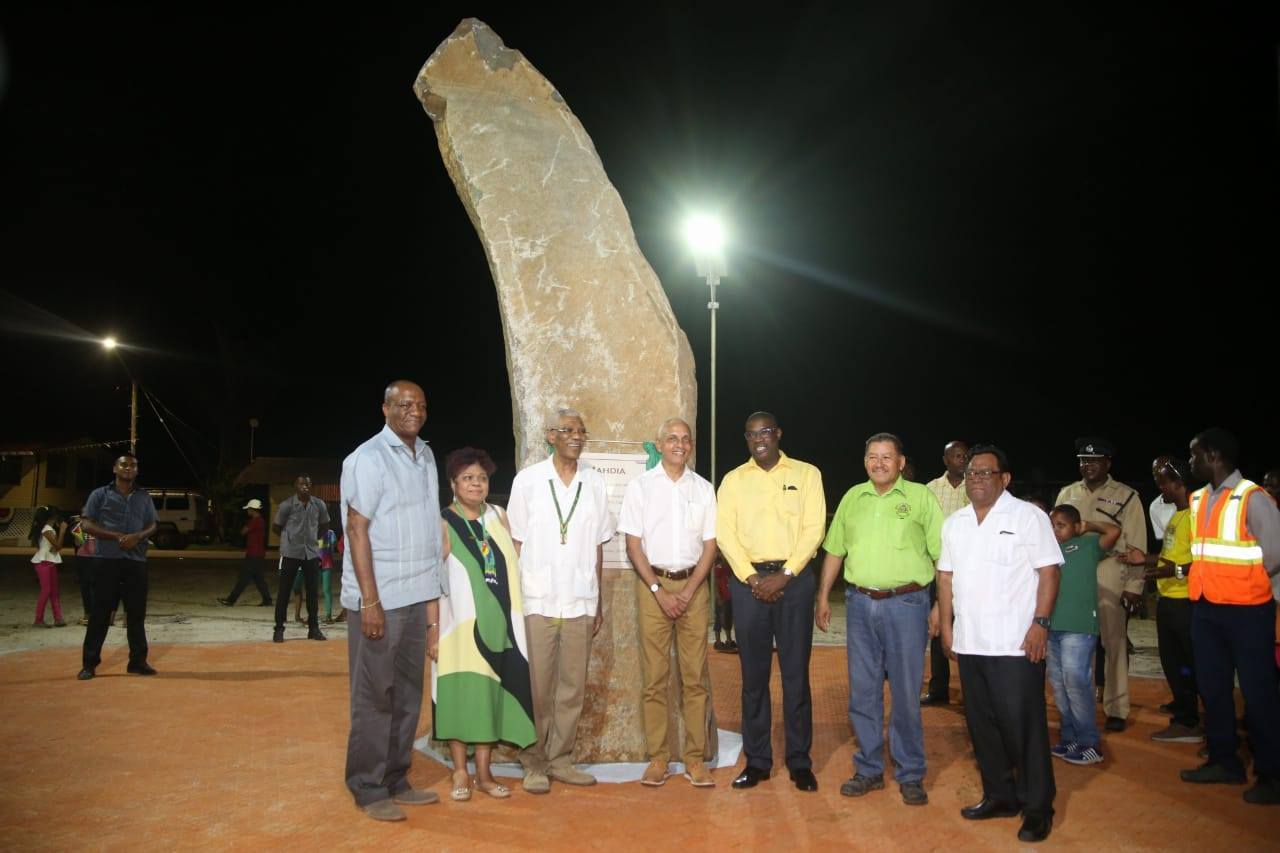 According to the Ministry of Public Infrastructure, it is the intention of the administration to foster people’s empowerment through the strategic embrace of a decentralised form of governance. The community of Mahdia became a town as a result of government’s vision of establishing a town in each of the ten (10) development regions. This was done in collaboration with the regional administration and will serve as the engine of growth and development of same. Due to this establishment the gap between the hinterland and coastal regions have been closed.
According to the Ministry of Public Infrastructure, it is the intention of the administration to foster people’s empowerment through the strategic embrace of a decentralised form of governance. The community of Mahdia became a town as a result of government’s vision of establishing a town in each of the ten (10) development regions. This was done in collaboration with the regional administration and will serve as the engine of growth and development of same. Due to this establishment the gap between the hinterland and coastal regions have been closed.
It is said that the boundaries of the new township excludes the titled Indigenous communities of Campbelltown and Micobie as is the expressed desire of those Village Councils. This was a result of a series of consultations. Three other towns that were established include Bartica in Region Seven, Lethem in Region Nine and Mabaruma in Region One.
Article References
- https://en.wikipedia.org/wiki/Mahdia,_Guyana
- https://dpi.gov.gy/10th-town-mahdia-officially-designated-a-town/
- https://www.inewsguyana.com/mahdia-now-guyanas-10th-town/

